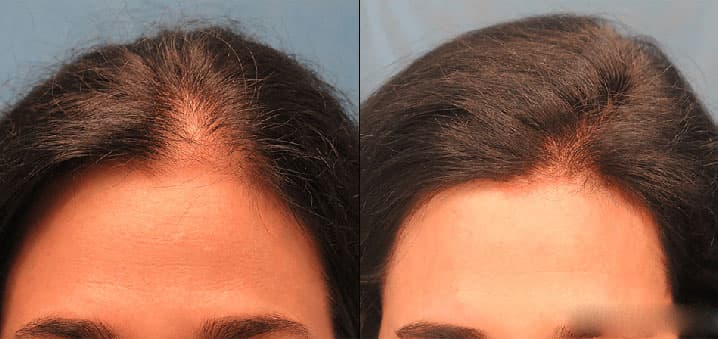Hair loss is a common concern for many people, and fortunately, hair transplant surgery offers a solution. However, when considering hair transplant surgery, one of the most important decisions you’ll need to make is choosing between two primary methods: Follicular Unit Extraction (FUE) and Follicular Unit Transplantation (FUT). Each method has its own set of advantages and disadvantages, and understanding the differences between them is crucial for determining which one is right for you.
What is FUE?
Follicular Unit Extraction (FUE) is a minimally invasive hair transplant technique that involves harvesting individual hair follicles from the donor area (usually the back or sides of the scalp) and transplanting them to the recipient area (where hair loss has occurred). The procedure is performed using a small, punch-like tool to extract follicular units one by one, leaving tiny, dot-like scars that are barely noticeable.
What is FUT?
Follicular Unit Transplantation (FUT), also known as strip harvesting, involves removing a strip of tissue from the donor area, usually the back of the scalp, and dissecting it into individual follicular units under a microscope. These follicular units are then transplanted into the recipient area. FUT typically results in a linear scar along the donor area, which can be concealed by surrounding hair.
Key Differences Between FUE and FUT
- Scarring: FUE leaves small, dot-like scars scattered throughout the donor area, while FUT results in a linear scar along the donor strip;
- Recovery Time: FUE typically has a shorter recovery time, with minimal discomfort and downtime, while FUT may require a longer recovery period due to the need for sutures and the potential for discomfort along the donor strip;
- Suitability for Different Hair Types: FUE is often preferred for individuals with shorter hair or those who prefer to wear their hair very short, as it does not leave a linear scar. FUT may be more suitable for individuals with longer hair or those who are not concerned about having a linear scar;
- Graft Survival Rate: Both FUE and FUT can yield high graft survival rates when performed by skilled surgeons. However, FUE may have a slightly lower survival rate due to the handling of individual follicular units during extraction;
- Cost: The cost of FUE and FUT can vary depending on factors such as the clinic, the surgeon’s experience, and the number of grafts needed. In general, FUE tends to be more expensive than FUT due to the labor-intensive nature of the procedure.
Which Method is Right for You?
The decision between FUE and FUT ultimately depends on your individual needs, preferences, and hair loss characteristics. Here are some factors to consider when choosing the right method for you:
- Scarring Concerns: If you are concerned about visible scarring, FUE may be the preferred option, as it leaves minimal, dot-like scars that are less noticeable than the linear scar produced by FUT;
- Hair Length and Styling Preferences: If you prefer to wear your hair very short or have concerns about concealing a linear scar, FUE may be more suitable, as it does not leave a linear scar and allows for greater flexibility in hair styling;
- Extent of Hair Loss: The extent of your hair loss and the number of grafts needed may also influence your choice of method. FUE may be preferable for smaller procedures requiring fewer grafts, while FUT may be more efficient for larger procedures requiring a higher number of grafts;
- Recovery Time: Consider your schedule and lifestyle when evaluating the recovery time associated with each method. FUE typically involves less downtime and discomfort than FUT, which may be advantageous if you have limited time for recovery.
Conclusion
Both FUE and FUT are effective hair transplant methods that can provide natural-looking results for individuals experiencing hair loss. The right method for you will depend on various factors, including your scarring concerns, hair length and styling preferences, extent of hair loss, and recovery time considerations. Consulting with a qualified hair transplant surgeon is essential for evaluating your individual needs and determining the most suitable method to achieve your hair restoration goals.








+ There are no comments
Add yours